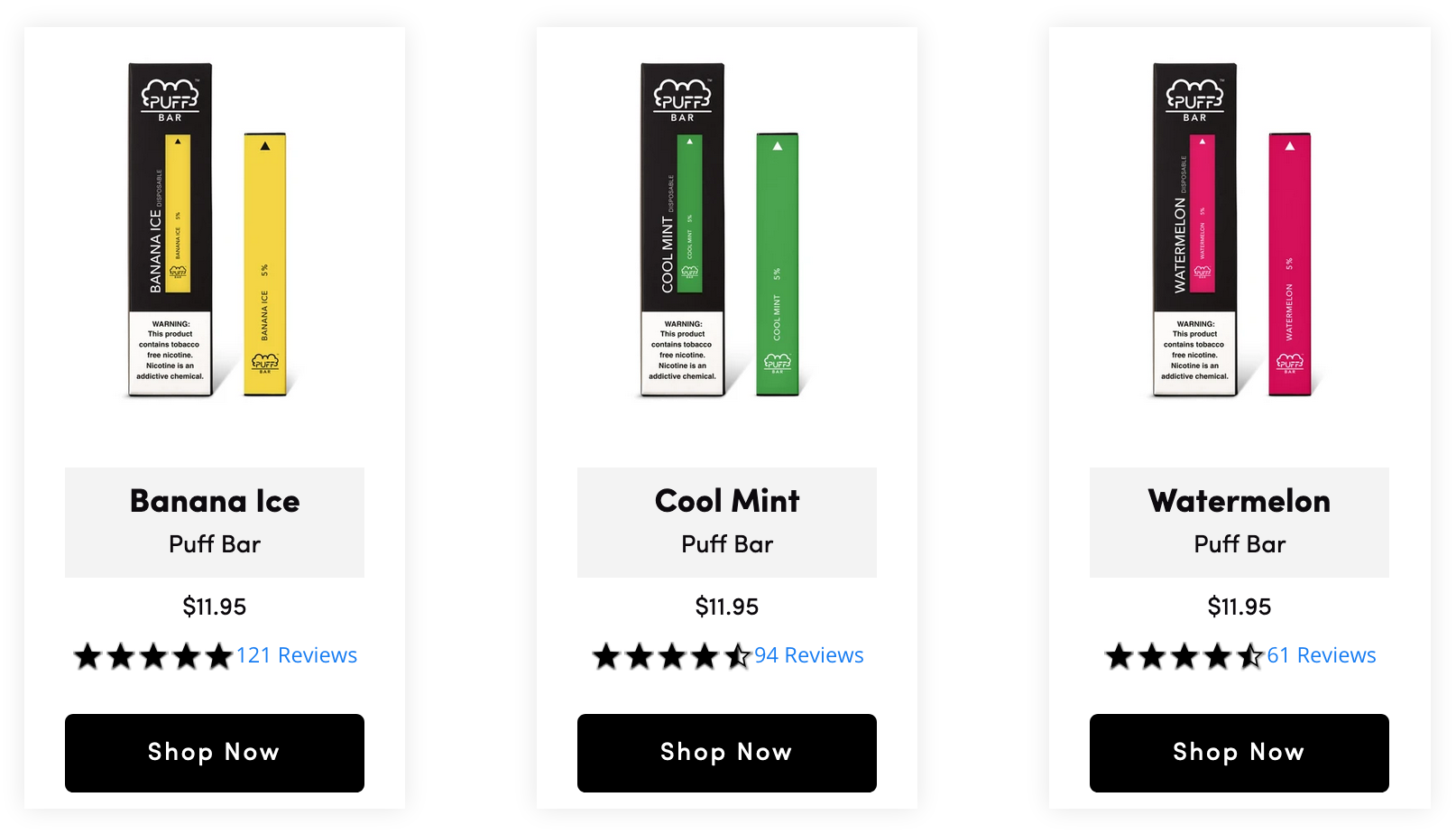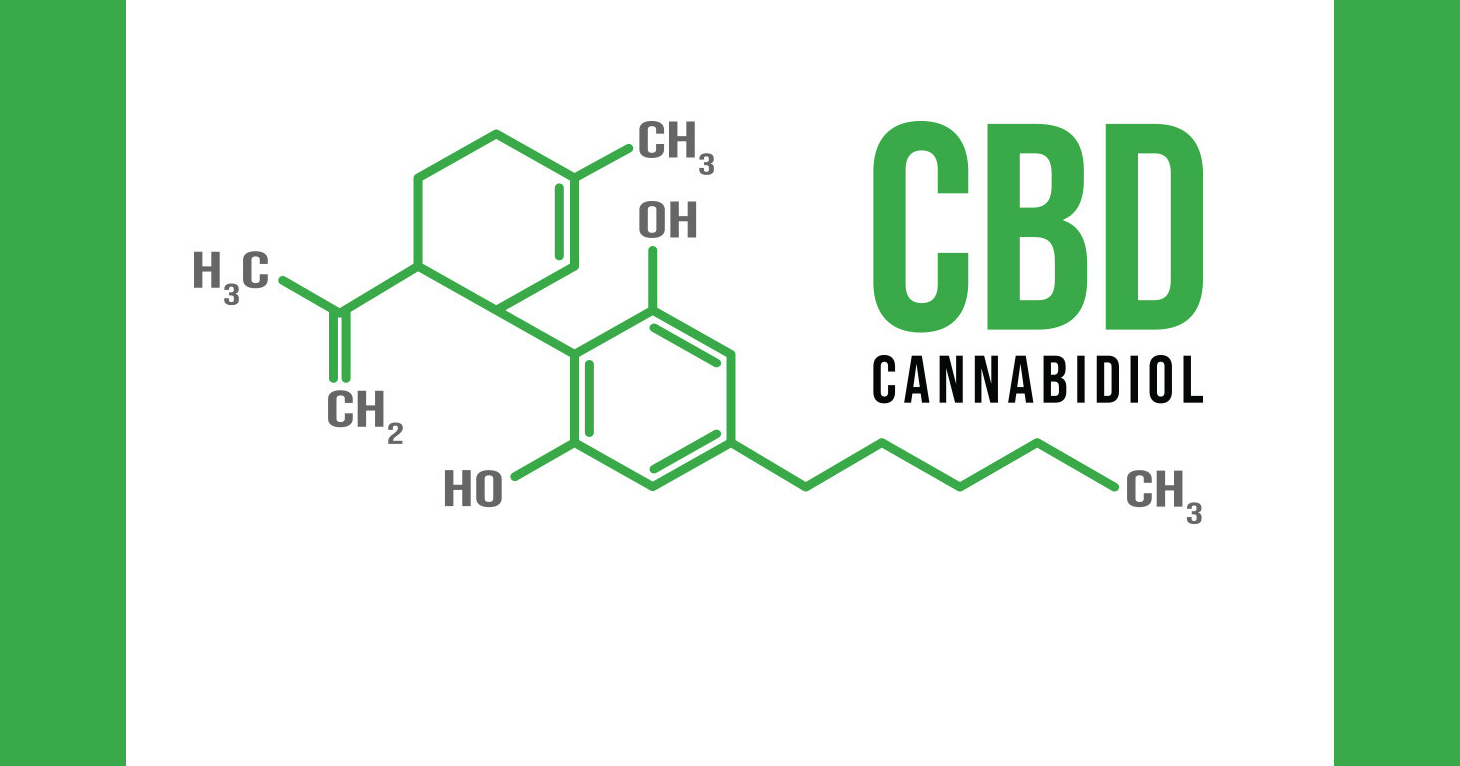
Puff Bar Flavors Resurface Following FDA Ban
FDA says it is aware of the situation but declined to comment on the regulatory status of disposable e-cigarette brand.
How tobacco companies can advertise is heavily regulated. For example, ads for tobacco products are banned from TV and radio, and all advertising for cigarettes and packaging of the product are required to contain health warnings.
But how much good it is doing to deter potential smokers or get others to quit is questionable.
State-imposed taxes
First, states impose taxes on tobacco products in varying amounts and use the money in numerous ways. Certain states spend a portion of the tax revenue to fund anti-smoking marketing campaigns and tobacco-related education programs, while other states don’t spend a dime of the revenue on any smoking-related programs.
Anti-smoking campaigns
Second, some research shows that anti-smoking campaigns do what they’re supposed to do – deter smoking – while other studies have demonstrated that some campaigns actually have the opposite effect and increase smoking (at least among teenagers).
Ads that target kids
Third, though the court system has cracked down on tobacco companies targeting children, they are still finding ways to reach underage populations, such as advertising – in large print – at retail outlets near schools and playgrounds. For more information on children and tobacco marketing click here.
Health-warnings
Finally, though federal regulations require health-warnings on tobacco packaging and advertising, what those warnings should look like is the subject of some debate. In June 2011, the FDA released nine new graphic warnings for cigarette packages. The new warnings feature jarring images – including a man breathing smoke out of a tracheotomy hole, a corpse, and a mouth filled with rotting teeth – and are required to cover at least 50 percent of every pack of cigarettes sold in the U.S.
Not surprisingly, several cigarette companies quickly got together and sued the FDA over the requirement to include the new graphic images. In March 2012, a federal appeals court (6th Circuit) upheld the requirements. On April 22, 2013, the Supreme Court refused to hear an appeal from the tobacco industry and let the Circuit ruling stand.
But in August 2012, a different federal appeals court (District of Columbia) ruled that the requirements were a violation of free speech protection and that the government failed to present data or substantial evidence that the warnings would reduce smoking rates. The D.C. court ordered the FDA to immediately revise its rules. Unhappy with this decision, the Department of Justice asked for the full court to rehear the case, but the Court denied the request on Dec. 5, 2012. The federal government opted against pushing the matter further, leaving it up to the FDA to go back to the drawing board and propose a new set of labels.
This decision comes after an order requiring tobacco companies to publish statements saying that they had lied about the health risks of smoking. The corrective statements, which were ordered in November 2012 by Judge Gladys Kessler, stem from a 1999 case brought by the Department of Justice against major U.S. cigarette manufacturers for allegedly defrauding the public about a wide range of issues related to smoking and health. In a 2006 ruling, Judge Kessler said that the nation’s largest cigarette makers had concealed the dangers of smoking for decades, and that she wanted the industry to pay for “corrective statements” in various types of ads. Conflicting rulings may send the issue to the Supreme Court.
FDA says it is aware of the situation but declined to comment on the regulatory status of disposable e-cigarette brand.
TINA.org agrees with health groups that Juul’s current campaign disseminates an illegal smoking cessation claim.
FDA to consider legal pathways for cannabis-derived compound.


